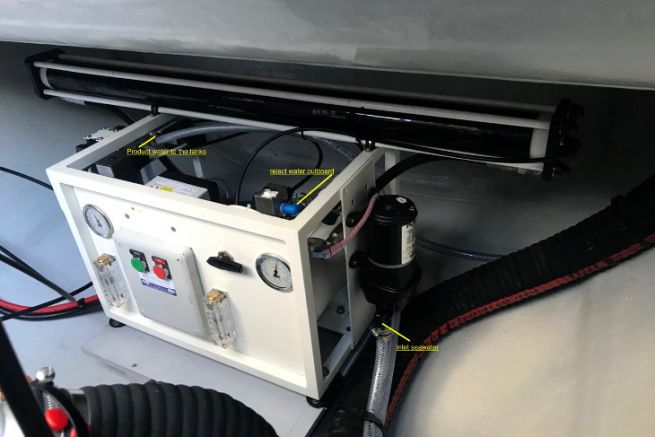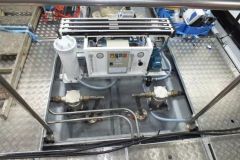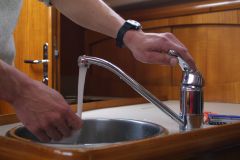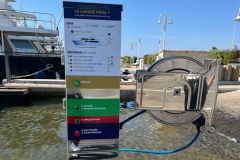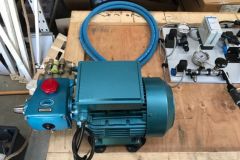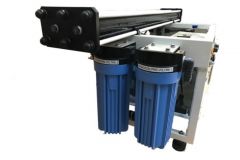The right questions to ask when choosing the right watermaker
Whether you are buying a new boat or equipping a sailboat before setting out on a long voyage, the list of possibilities when choosing the equipment to take on board can be overwhelming. The range of watermakers on offer is vast. It is therefore necessary to ask yourself the right questions and define your specifications.
Which power source?
There are several main families of watermakers. The electric models are the most common.
- In the absence of a generator
There are small manual devices (Katadyn Survivor 06 (1 l/h) or 35 (5 l/h)) that are more for survival. The Power-Survivor 40 (6 l/h electric and manual) provides drinking water for the majority of small boats with battery and charging facilities, either from the engine or from solar panels, while ensuring safety.
With a good battery capacity of more than 500 Ah, it is possible to consider 12 volt comfort systems with a capacity of 30 or 60 l/h. It is necessary to have a reliable means to charge the batteries: the alternator of a thermal engine or solar panels, added to a wind turbine or/and a hydrogenerator.
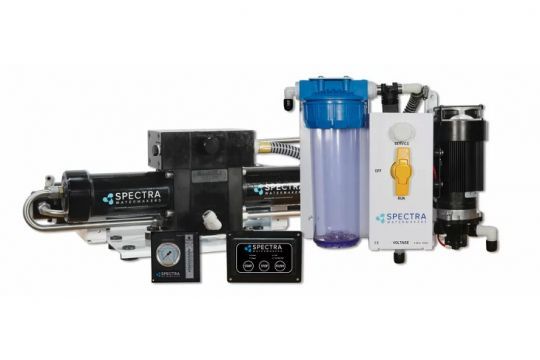
The production rate directly determines the power consumption.
There are 2 specific technologies used by manufacturers :
- conventional : 1 system with 1 low pressure pump, 1 high pressure pump driven by an electric motor to feed 1 membrane.
- Advantages: simplicity, serviceability, longevity, low price, multiple manufacturers
- Disadvantages: high consumption (about 45 amps for 60 l/h)
- With energy recovery: 1 medium pressure pump feeds the membrane via an energy recovery hydraulic amplifier.
- Advantages: consumption reduced by half (20 amps for 60 l/h), no pressure regulator, less noise, less vibration
- Disadvantages: cost, limited number of manufacturers, less easy troubleshooting and repair. The amplifier is the heart of the system and only the manufacturer can touch it.
We can also rely on systems attached to the combustion engine, a very reliable solution.
- Disadvantages: the installation is complex (to be done by a professional). It requires the engine to be running. The operation is less simple, because it is linked to the engine speed. The installation is more expensive, because it is necessary to make a support on the engine
- Advantages: no electrical consumption, therefore no batteries, relays, cables... Possibility to produce up to 280 l/h. Low budget. Good serviceability.
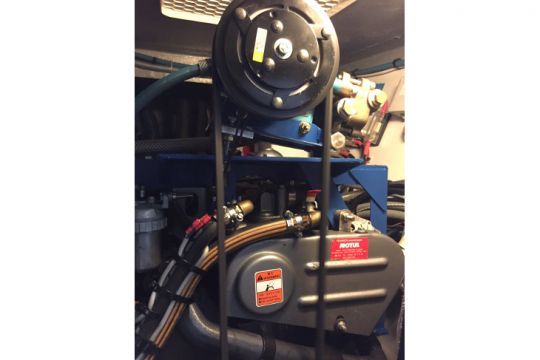
- With a generator
There is a great diversity of manufacturers, and therefore competition, for these classic 220 volt systems.
Note that these machines can be run from a 12/220 or 24/220 inverter (or converter), if there is a substantial battery bank on board and suitable charging facilities. The electrical balance is to be done by a marine electrician.
The consumption, and therefore the size of the generator, varies according to the water production. There are small machines (70 to 100 l/h) that can work with small groups (2 to 3000 watts). Beyond that, power is needed, especially since other 220 volt consumers will be added to the watermaker: battery charger, water heater, vacuum cleaner, kitchen, communications, lighting, etc.
Determine production
The next step is to determine the volume of fresh water that you want to be able to produce with the watermaker. It will depend on the crew, the number of cabins and showers, the storage volume of the tanks, the degree of comfort required and the safety factor. "We tend to recommend machines between 30 and 60 L/h for boats with a crew of 2 people, or even a lower capacity for the more sober ones. For a crew of 4 people, we will be between 60 L/h and 140 L/h. These are the pivotal sizes, the 60 L/h being generally in 12 V, while a 140 L/h will be in 220 V. Beyond that, we go beyond comfort with 200 to 300 L/h " explains Pierre Taillefer of the Compagnie Hydrotechnique.
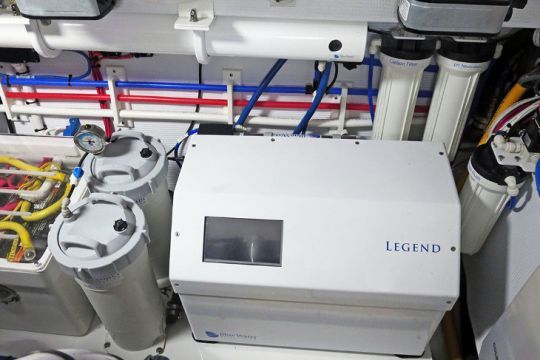
For the following 3 concrete examples, here is the advice of the Compagnie Hydrotechnique:
- 12 m monohull sailboat with 800 l tanks, 2 persons on board, 12 Volts direct current. The sailing program is the Mediterranean cruise or even a crossing to the Caribbean.
- One Power-Survivor 40 is enough to be self-sufficient in drinking water, even for showers. The possibility of manual operation ensures safety.
- Multihull of 12 m with 400 l tanks, 6 persons on board, 12 volts in direct current. The sailing program is cruising in the Mediterranean or the Caribbean. There is a need for comfort.
- 60 l/h 12 volts classic or energy recovery unit
- Multihull of 16 m with 500 l tanks, 8 persons (4 double cabins). The long distance cruising program requires a high level of comfort.
- 220 volt unit on a generator with a capacity of 150 to 300 l/h
- or/and system coupled to one of the engines capacity 150 to 300 l/h
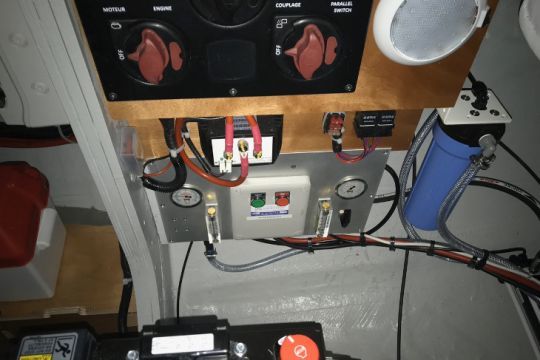
Balance of reliability and simplicity
Once the electrical voltage and capacity produced have been determined, the model will depend on the budget, expectations and capabilities of the sailor. There are fully automated watermakers on the market and others that are much more rustic, as well as an in-between choice between automatic and manual modes. "Whatever the sailing program, whether it's a tour of the Mediterranean or long distance sailing, there are boaters who want to turn the knob from the chart table and others who prefer to go into the room to operate the watermaker and be able to troubleshoot everything themselves. It all depends on your capabilities and expectations. In direct current, there are ranges for all these uses, either with energy recovery or in basic technology, such as the French Aquabase, the Italian Schenker, the Americans Spectra or Blue Water and Dessalator. And the list is not exhaustive." concludes the specialist of the Compagnie Hydrotechnique.

 /
/ 